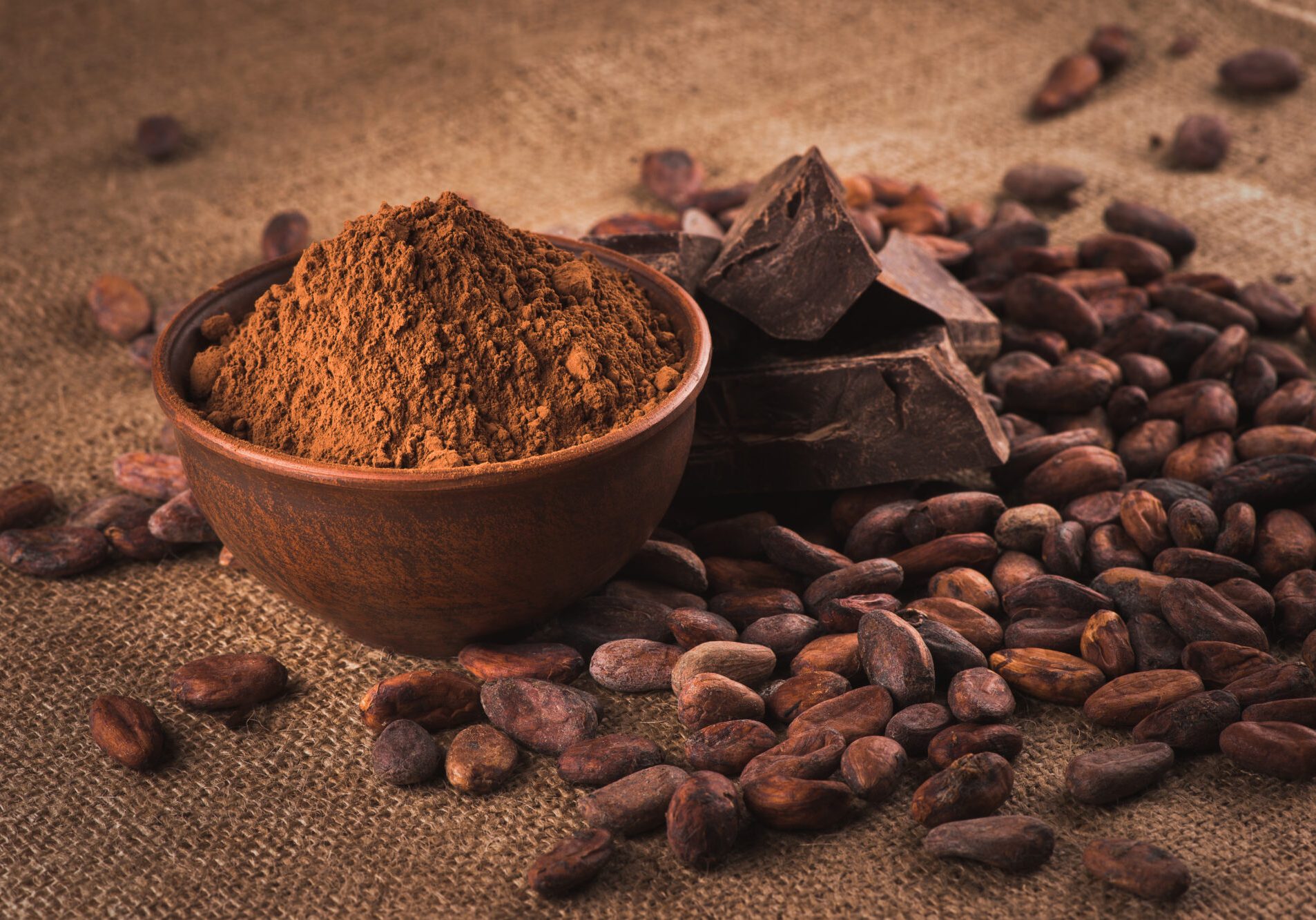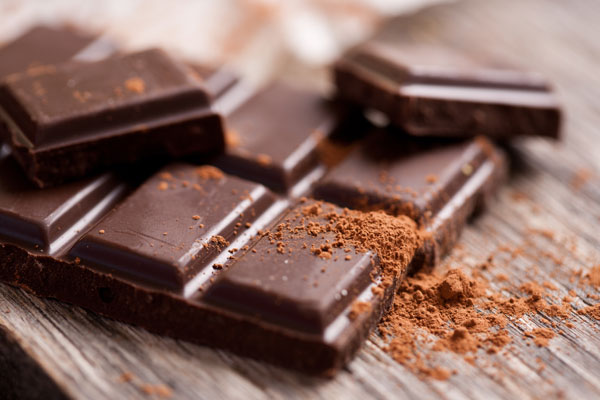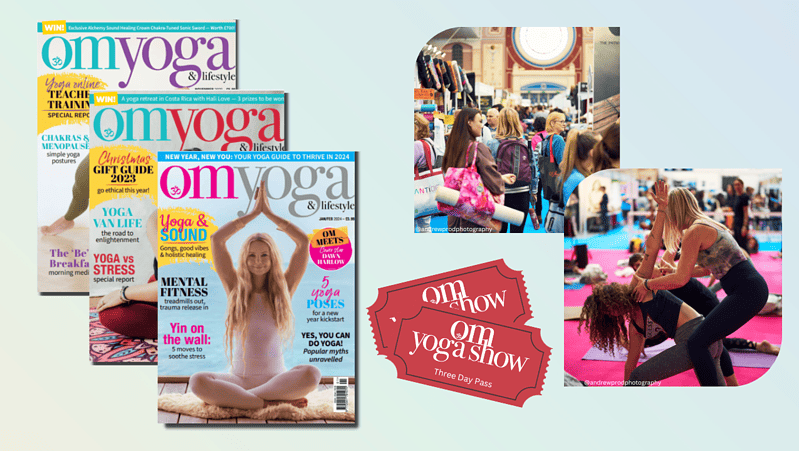
Chocolate - naughty, but nice!
Find out more about this popular treat - why is cacao healthy?
Eat chocolate and stay healthy
Yes, it's true, but, as ever, there are a few ‘buts’...Unfortunately, if you haven’t read any further than the title and you are on the way to stock up on your favourites, plus a jar of Nutella and a chocolate frappe, please take a step back and read a little further…
Chocolate has many benefits and many people around the world eat chocolate every day.
Apart from tasting delicious, chocolate is also good for you. Containing antioxidants, it has been shown to lower cholesterol levels, prevent your brain from aging and reduce the risk of heart disease. And by choosing dark chocolate - with more than 70 % cocoa content and less fat and sugar - it is possible to enjoy the benefits and also cut down on the calories.
Chocolate science
Chocolate starts with a bean, mainly from producers in Africa and South America, where it is harvested, dried and then sent on its way to the manufacturers who create the confectionery that we know as chocolate. Here, other ingredients are added (which are not all so good for you) and your familiar brand is created, boxed, marketed and distributed around the world. Different countries have different taste preferences - some liking it sweeter, or milkier, but all adding up to tons of chocolate being eaten daily!
Chocolate is unique - with a texture, which changes from hard at room texture, to melting at body temperature, in the mouth. Manufacturers add sugar, milk, fats, flavours and other ingredients to make your favourite brands. It is these additions and the amount of pure cocoa that affect the flavour and ultimately, how much nutritional benefit and calories are in the product.
A short history
Chocolate has been around for a long time - it was originally drunk with the addition of spices and syrup. Around the 17th century, it was popular within royal circles and with sugar added,
quickly became popular across Europe. At this time, processing the raw bean was slow, but this changed during the Industrial Revolution. New processes were developed, such as adding butter, sugars and flavourings, creating the familiar solid chocolate that can be moulded into bars, shapes and other forms. As chocolate became cheaper to produce, its popularity grew and it was more widely available.
From the start, chocolate has been sexy - the Aztecs believed that the cacao seed was a gift from the gods and that the brew was an aphrodisiac, giving the drinker additional strength and potency. And since the18th century marketing has been targeted at women, not only as a romantic gift, but as a family treat. Remember the Cadbury Milk Tray ad?
Chocolate In a healthy diet
First, it is important to try and work out when and why you feel like eating chocolate. Knowing when the vulnerable times are, can help overcome those natural urges to drop the diet. This does not need to be as serious as keeping a food diary, just trying to remember when you are most likely to want (and eat) your treat.
It is estimated that two-thirds of chocolate is consumed between meals. - mostly in the evening. We all know that it is easy to snuggle up with a chocolate bar at the end of a long day and when we are feeling tired, our self-control somehow seems to disappear. Knowing when the vulnerable times are, can help overcome those natural urges to drop the diet. Or, you may find that your temptation comes at other times - at work, playing with the kids, or when feeling stressed.
Most of us feel stressed at some time and chocolate can help you relax - reducing theta activity in the brain, which is associated with relaxation. It can also be a ‘mindless’ activity. Ever found yourself grabbing a chocolate as you walk past the box and barely noticing? The availability of chocolate means that nearly everywhere we go, there is the temptation to grab a bar and eat on the run…
From childhood, chocolate is used as a treat, reward and comforter. It is ingrained into us, that it will make you feel better - celebrate the highs and getting over the lows. This is a pattern that is hard to break and the sharing and giving of chocolate enforces the emotional connection. Research has suggested that it is the ‘expectation’ of feeling better and not the chocolate that affects how we feel - but, to be honest, I doubt if an apple would have the same effect!
Apparently, Brits prefer a chocolate bar to an extravagant holiday abroad, which just goes to show what our priorities are! And strangely, February 15, the day after Valentine’s Day, is the second highest day for chocolate sales during the season. Hard to get your head around that one - but, either he has let you down again, or chocolate is on discount!
So, with chocolate being such an important part of our lives, which we can share with our friends and family, how can we combine this with our goal to be trim, healthy and happy?
Ten tips to help you include chocolate in your life
- Many of us have a favourite chocolate bar and this can be hard to change. Knowing that this may contain more calories than you thought, is a good start to taking control of unhealthy eating. Maybe, try a smaller bar, and start experimenting with other options, such as dark chocolate which will cut some of those calories. Or, try cutting the bar into equal portions to spread out during the day, or evening. Pop the bar in the fridge and resist having the whole bar, or box, on your desk or coffee table.
- Is it the chocolate, or the sweetness that you crave? If you are a real chocolate lover, you may find the intense chocolate flavour of dark chocolate deeply satisfying. And with dark chocolate containing less calories, you will find the pounds dropping fast. There are lots of tempting flavours too - orange, mint, caramel - to name a few. Give yourself a week and you will be hooked on the new intensive flavour and smooth texture. If it is the sweetness, give yourself some time to adjust, or try to make your favourites last a little longer.
- When you have worked out, when the temptation times are, you will be able to plan distractions or alternatives. Mindless eating means eating more, with less satisfaction and invariably consuming more calories than you would like. You can only eat on the move, if you have chocolate with you, or stop on your journey to work, or out shopping. Try finding another route and restrict what you buy by making a list.
- Why do we feel like chocolate? As consoling as that melt in the mouth feeling is, it does not mend a broken heart, make up for that unkind comment, or help us feel better about ourselves. Studies have suggested that it is the connection, not the chocolate that makes us feel better. So, if you have had your quota and still feeling down, try a hug, a walk or a talk and most of all - if you do reach for the chocolate, do not feel guilty. Habits are hard to change and this may not be the time….There is always tomorrow (or the day after…).
- Love desserts, but feel they are not good for you? Think again! A sweet treat can signal the end of a meal and a couple of squares of dark chocolate does the job. This can mean less calories and a feeling of satisfaction all round...
- Dark chocolate is great with fruits such as strawberries, bananas and oranges. Melt some dark chocolate in a bowl over some simmering water - dip, or pour over the fruit and you have a healthy, tasty and guilt free treat - to share, or not! As good as a chocolate fountain, but admittedly, not quite as impressive.
- This is a hard one. What do you do when your lover, pals and family give you gifts? Accept and share is the first thought - spread the love and the calories! Start to tell and share your new preferences and they will soon know what you like and be able to please you by understanding what you appreciate.
- A bar of dark chocolate in the fridge that has been stocked with what is good for you, will prevent the longings and stop you from calling for a takeaway! The same in the office, work or travelling. If the pangs are there, you have your treat and will not be tempted by other less nutritious, but tempting goodies.
- Holidays - birthdays and parties are about temptation and letting go - so let go, enjoy and start again the next day. Promise!






